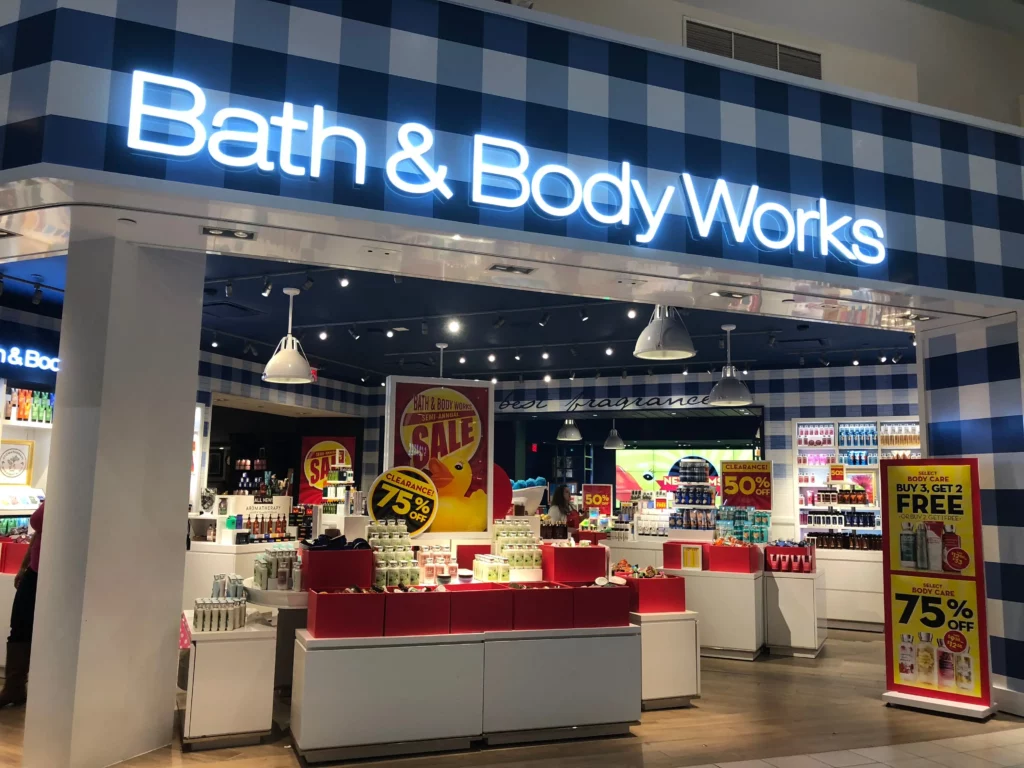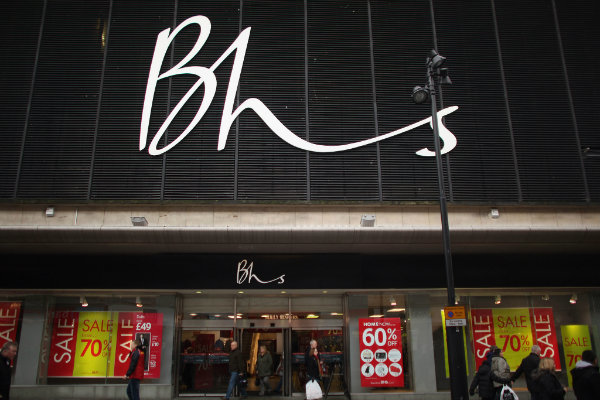Singapore was named as the no.1 Best in Travel destination for 2015 by travel guide publisher Lonely Planet and now, a recent report has dubbed the Southeast Asian island city-state as “very attractive for global retailers.
This year will mark the 50th year since Singapore secured independence from Malaysia, and there will be plenty for its 5.4m population to celebrate at the Golden Jubilee. The former British colony has steadily established itself as a tiny yet formidable sphere of financial strength, personal wealth and unapologetic luxury.
Singapore‘s residents are overwhelmingly ethnic Chinese; there also are significant numbers of ethnic Malays and Indians. Around one-third of the population are non residents who are working, studying or living in Singapore, including around 400,000 high-skilled professionals from Western countries.
Singapore population
The economy is robust, cites the country report, from cross-border global e-commerce specialist Borderfree, characterised by high levels of trade freedom and regulatory efficiency. Singapore is ranked No. 2 in the 2014 Index of Economic Freedom. The country has a low, 2% unemployment rate and the highest disposable income per household in Asia. Though the ranks of wealth are rising in Singapore, the gap between the rich and poor is the narrowest among the Asian Tiger nations.
From Suntec City to Universal Studio, Singapore also draws native and tourist shoppers with some of the best shopping in Asia. Since the country‘s Internet and smartphone penetration is among the highest in Asia, Singaporeans are poised for ecommerce—especially cross-border buying.
Singapore‘s wealth boom has driven greater consumption of luxury goods and demand for domestic services. Combine their love of luxury, plentiful dollars to spend and familiarity with English—it‘s one of four official languages—and it‘s no surprise that Singapore‘s shoppers spend more than 50% of their online dollars across borders.
The country has enjoyed a revitalization of its fashion scene in recent years, and consumers are familiar with top fashion retailers like Michael Kors, Tory Burch and Kate Spade that have a brick-and-mortar presence within Singapore. Online retailers eyeing Singapore will find ready consumers in categories across fashion and beauty, and should be prepared for shoppers‘ high standards for customer service and efficiencies like tracking and fast delivery.
On the whole, this Asian Tiger is one the world is watching, with solid economic prospects, booming tourism and a cosmopolitan flair that will be on display as the country celebrates its anniversary in signature style. Singapore ranks No. 5 by sales volume at Borderfree and receives 4 out of 5 possible shopping carts in the Borderfree Index, making it a desirable market for U.S. retailers looking to sell abroad.
Official languages
The BFI is a proprietary measure established by Borderfree and is meant to provide an indication of a market‘s relative cross-border ecommerce attractiveness, specifically from the vantage point of a US retailer selling abroad. The index is comprised of proprietary Borderfree data and pivotal market indicators across five broad dimensions.
The BFI is a composite score based on the following five criteria:
ӢConsumer appetite for purchasing cross-border
ӢHousehold income and purchasing power
ӢE-commerce infrastructure
ӢImpor
RELATED STORIES

















